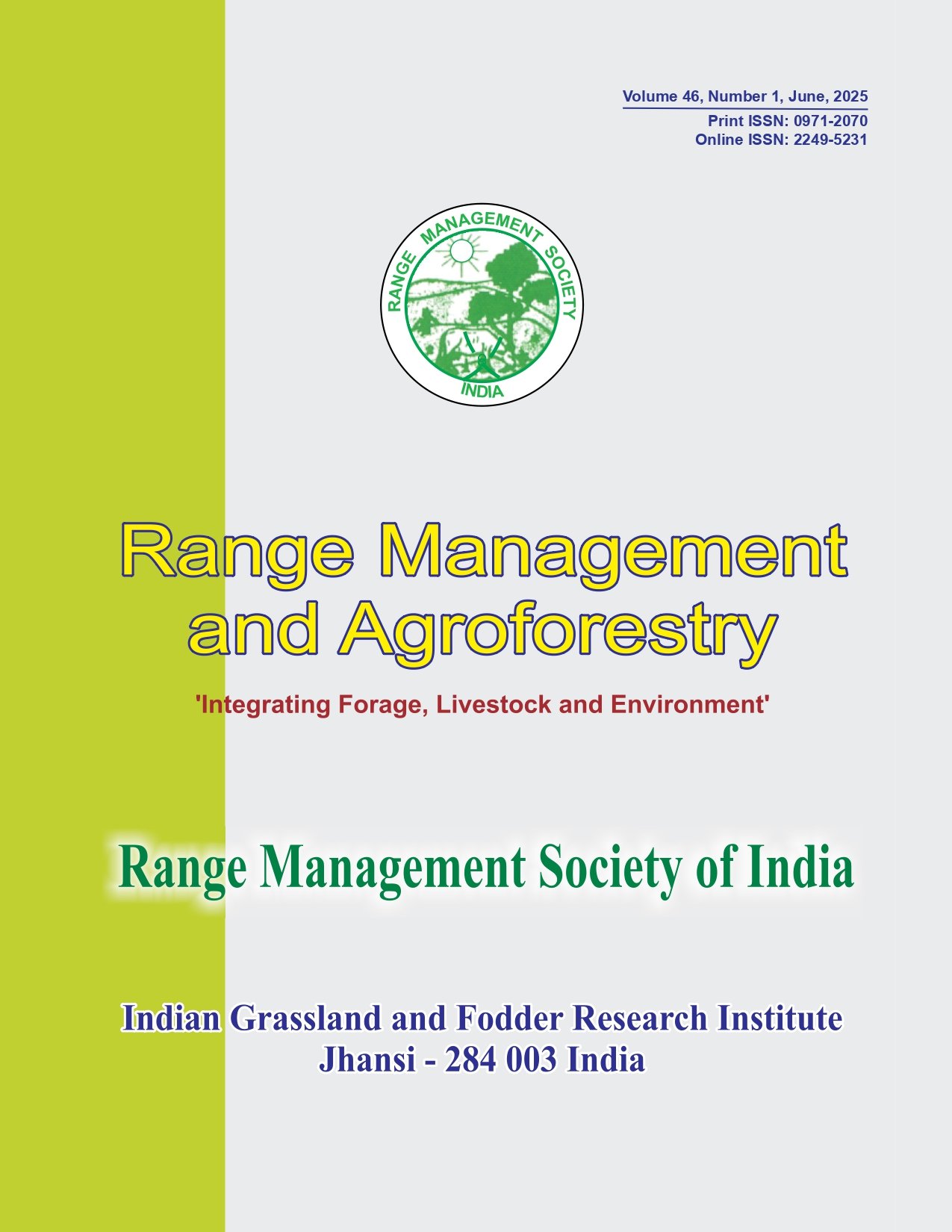Nutrition of small ruminants on grazing lands in dry zones of India
Keywords:
Dry zones, Grazing lands, Grazing systems, Nutrition, Small ruminantsAbstract
Grazing lands in the dry zones of the country are the main source of fodder for small ruminants. It is declining rapidly with urbanization; on the other hand, livestock population is increasing. This is resulting in overgrazing and deterioration of productivity of lands from poor to very poor conditions. Still, it is a major source of fodder for more than 90% of small ruminants in the country. The rehabilitation of existing grazing lands with improved pasture grasses is one of the options to increase the productivity of these lands and small ruminant production and livelihood security in an eco-friendly manner. The study indicated that rehabilitation of community lands with cenchrus pasture increased the yield by 5-7 times and further establishment of silvipasture on waste lands in dry zones ensured quality vegetation to animals in addition to higher production and also in scarcity period. The grazing of sheep and goats on grassland and silvipasture improved the growth, production and reproduction and higher return to farmers at relatively low cost of production. In dry land zones, scarcity of fodder during summer is a serious issue and supplementary feeding of concentrate, conserved fodder and tree leaves to animals revert the negative effect of feed scarcity and improved the animal production. In this review, attempts were made to review the earlier studies on nutrition of small ruminants on existing grazing lands and grass pastures to develop future strategies for pasture development and supplementary schedules for animals during scarcity period.




